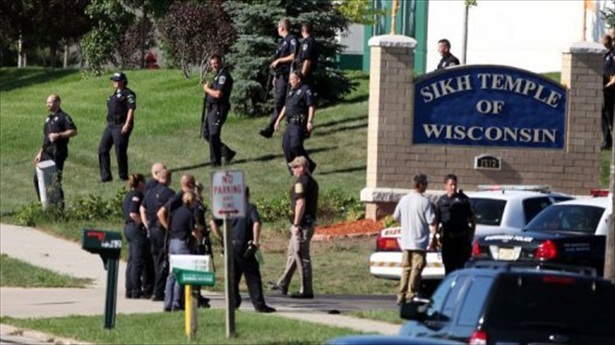October 7, 2025
Active shooter/active threat incidents are chaotic, frequently occur quickly, and can be deadly. These factors can be magnified if an organization has not prepared thoroughly for an active shooter event. As concerns for being involved in an active threat grow, an organization must prepare more than just requiring staff to watch a video on Run, Hide, Fight. Here are some key areas an organization should focus on in its preparation for an active shooter attack.
Active Shooter Training that Includes Prevention, Response, and Trauma Treatment for the Innocent Bystander (First Care Courses) Strategies – Incorporating both organizational and personal response strategies prepares individuals on both a macro and micro level, which is essential. The organization creates the policies and procedures, but its people implement and utilize them to protect themselves and others.
Identify and Create Time and/or Distance Barriers from Threats – Identifying where and how an organization and individuals can create time and distance barriers. Time and distance ability will give your staff options and enhance their safety.
Identify and Establish Clear Roles and Responsibilities During an Active Shooter – Having practiced and clearly established roles, responsibilities, and redundancies will help ensure your active shooter response plans are executed when needed.
Practice Both Communication Plan and Active Shooter Responses (Action Scripts) – Two significant pieces of an organization’s active shooter response plan that can increase staff’s survivability are communication and action (Response alternatives or action scripts). Both are time-sensitive. The ability to provide organization-wide, timely notifications with specific details of the attack and its location can save lives. That communication should be two-way, so that threat information can be shared and updated, along with accounting for staff and identifying the location of the injured. Feeding this time-sensitive information to first responders either via video feed or intelligence relay can enhance and greatly assist in stopping the killing and the dying.
Implement Sitewide Accountability – Being able to track and identify everyone at your site, as well as the location of those who may need to evacuate, has tremendous benefits.
Plan for Reunification and Death Notification – Often, organizations fail to plan for the process of reuniting staff and visitors with their loved ones after a critical incident. This process, unfortunately, may also include death notification. This process is a plan you hope you never have to utilize, but when it is not planned for, the hurt, resentment, and devastation of the loss can be magnified. It is essential to have a respectful, empathetic, and well-planned reunification/notification plan in place. This outline is not exhaustive, but considering the thought of preparing your organization in all these areas can be overwhelming—a few hints to help: create a safety team to be tasked with achieving your objectives. Select three areas to improve this year. One does not know what they do not know. Consider an experienced active shooter training organization to assist with your emergency response planning. Obtaining customized active shooter training designed for your needs, processes, and unique circumstances, centered around a holistic approach, can enhance your active threat preparation.
